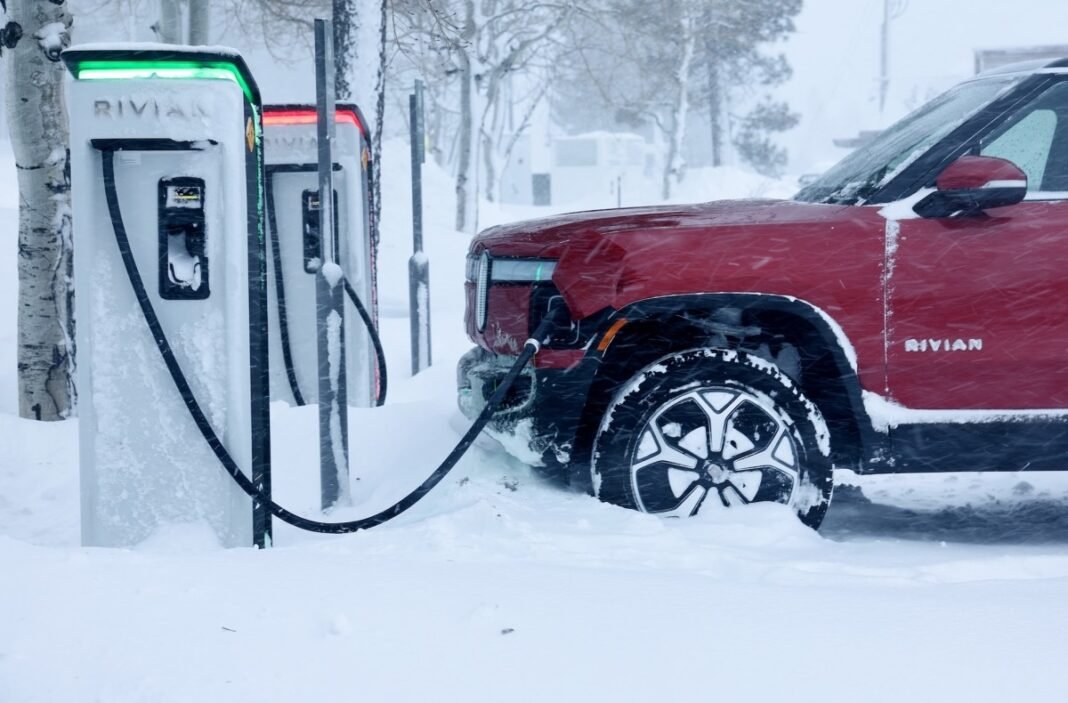Federal Authorities Release $5 Billion to Expand Electric Vehicle Charging Infrastructure
Legal Disputes and Funding Delays Explained
Teh federal government has recently unveiled new directives that allow states to tap into a $5 billion pool aimed at boosting electric vehicle charging networks. This announcement follows months of inactivity, during which the allocated funds remained untouched despite being authorized under the Bipartisan Infrastructure Law.
A coalition of states filed a lawsuit challenging the federal governance’s prolonged hold on distributing these resources through the National Electric Vehicle Infrastructure (NEVI) program. The legal action argued that attempts to stall funding appeared linked to efforts undermining congressional appropriations made early in Donald Trump’s second term. In June, a court issued an injunction supporting these states’ claims, highlighting legitimate concerns over the delay.
Department of Transportation’s Perspective and Critique
Under Secretary Sean Duffy’s leadership,the Department of transportation (DOT) has voiced dissatisfaction with state governments for their sluggish progress in deploying this funding. As of May 2025, nearly 84% of the $5 billion remained unallocated nationwide, with only a handful of EV chargers installed across various regions.
Duffy clarified that this temporary freeze was part of an internal review process intended to realign NEVI program goals with current administrative priorities.The newly released guidance outlines adjustments made following this evaluation phase.
Simplified Approval Process and Removal of Prior Conditions
The updated guidelines have eased bureaucratic hurdles for EV charging station projects significantly. States are no longer obligated to fulfill consumer protection requirements, emergency evacuation planning, or environmental siting assessments before beginning construction-conditions previously mandated under earlier regulations.
Additionally, previous mandates requiring a designated share of chargers be placed in rural or underserved communities have been removed from these instructions. This shift moves away from targeted equity-driven deployment strategies toward broader infrastructure expansion objectives.
Elimination of Labor Standards and Minority Business Participation Criteria
The revised framework also excludes former provisions demanding applicants demonstrate commitments to strong labor practices such as safety training and installation quality standards. Moreover, incentives promoting participation by minority- and women-owned small businesses have been completely omitted from eligibility criteria for funding.
Understanding These Adjustments Amidst Growing EV Adoption Trends
This policy change coincides with rapid growth in electric vehicle ownership across America; recent figures indicate over 3 million EVs on U.S roads as early as 2025-a number projected to triple by 2030 according to industry analysts.Deploying accessible charging infrastructure efficiently remains vital for sustaining this surge; tho,balancing speed with equitable access continues posing challenges for policymakers nationwide.
A Contemporary Illustration: New York’s Collaborative Charging Initiatives
Such as, New York State recently initiated collaborative ventures between municipal authorities and private enterprises focused not only on increasing charger availability but also prioritizing economically disadvantaged neighborhoods through inclusive community engagement-an approach contrasting sharply with simplified federal directives now emerging elsewhere.
“Rapid infrastructure development is crucial,” noted one transportation expert-but “removing essential protections risks marginalizing vulnerable communities.”
Looking Forward: Key issues Stakeholders Should Monitor
- State Execution: How swiftly will states act under these relaxed regulatory frameworks?
- Equity Impact: Will underserved populations receive sufficient attention without explicit requirements?
- Industry Adaptation: How might manufacturers and installers respond when labor standards lack enforcement?
- User Benefits: Can consumers expect faster access to chargers despite potential compromises?
This evolving scenario highlights ongoing tensions between accelerating green technology deployment while preserving inclusive policies-a delicate balance essential for achieving enduring transportation electrification goals globally.





